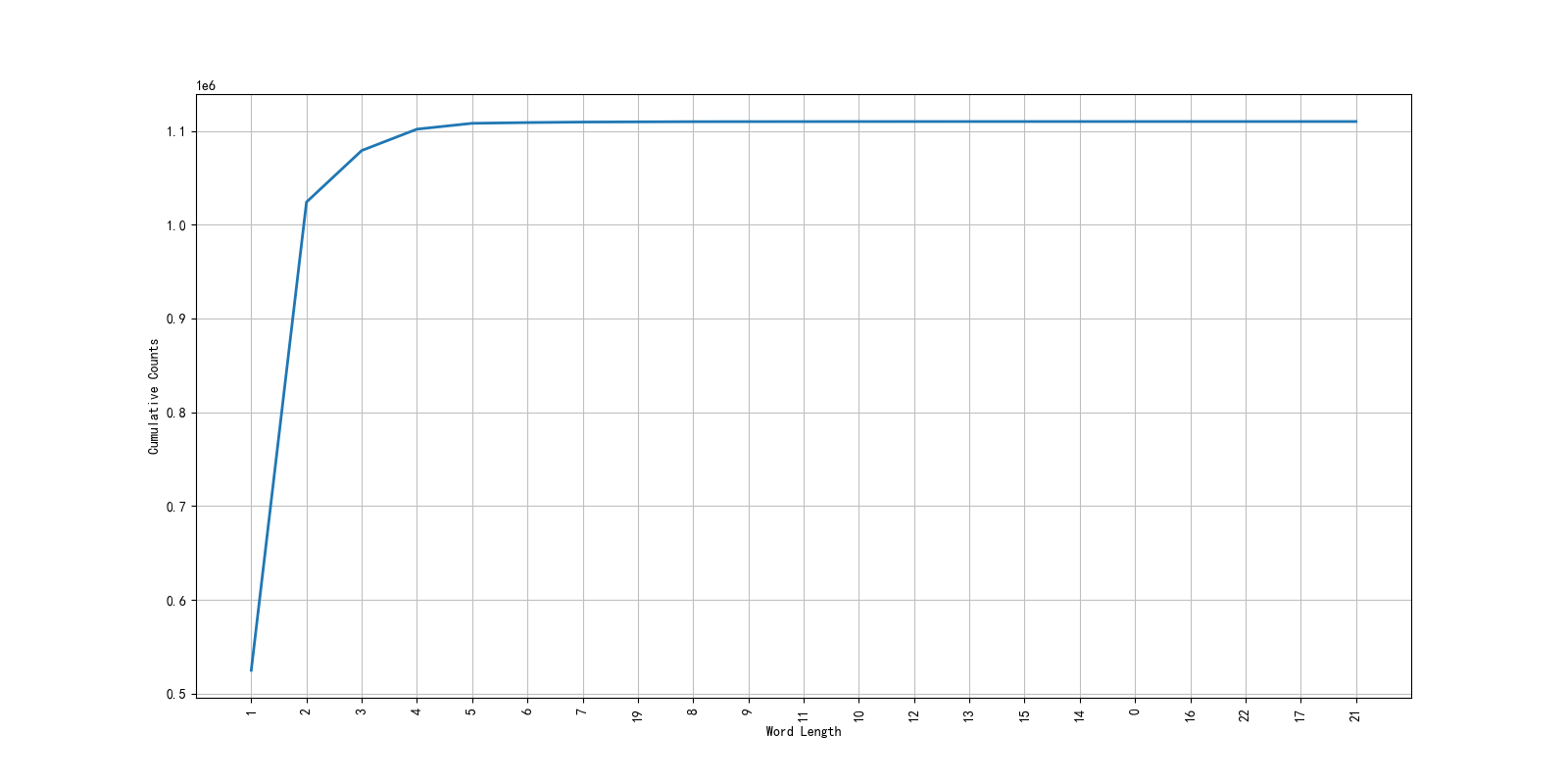 |
 |
使用collection.Counter和nltk相应工具包完成训练集词频统计分析。展示出现次数最多的前80个词。
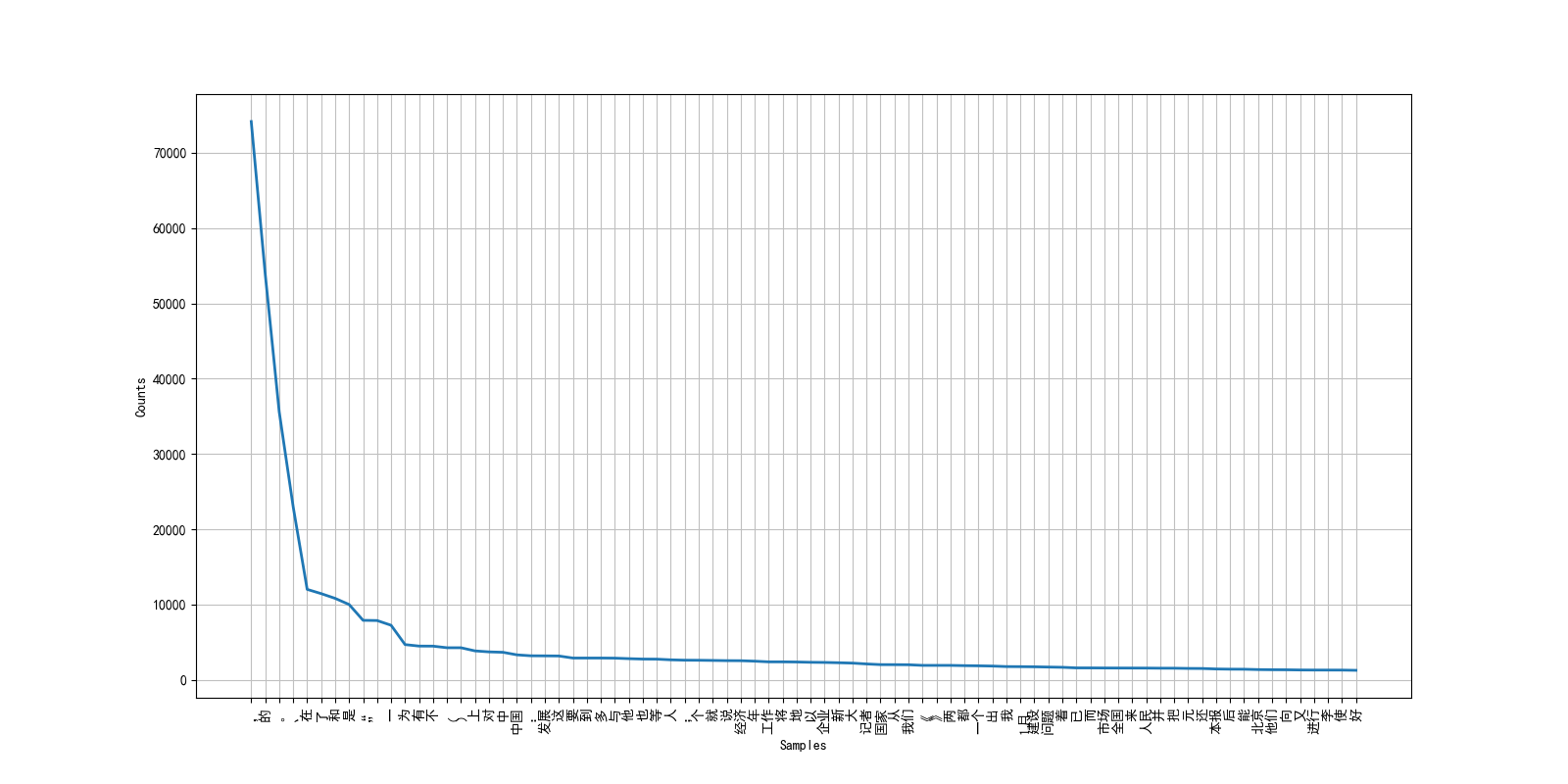 |
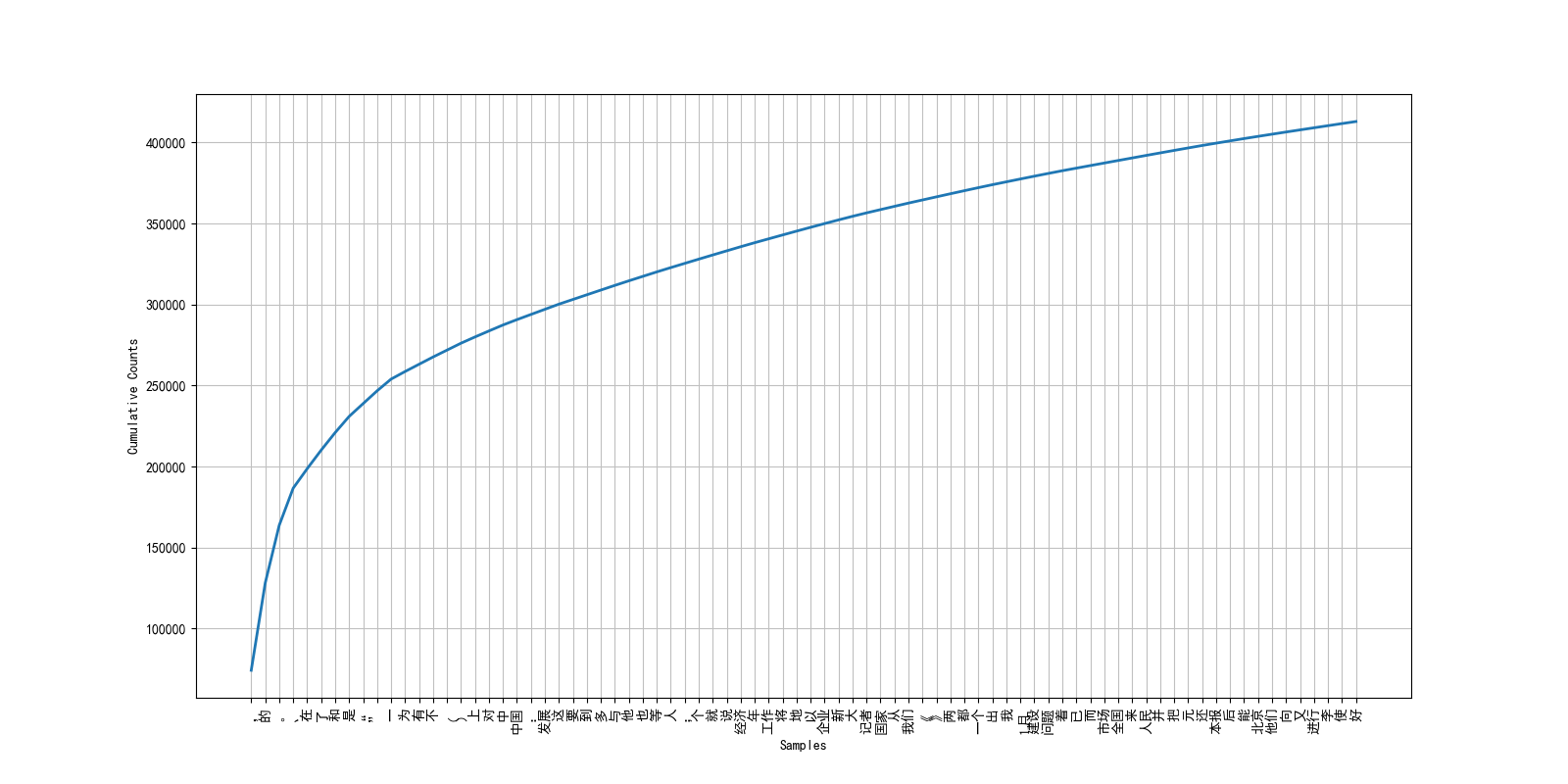 |
完整的训练集词频统计信息见:vocab-freq.txt。
使用结巴分词默认配置(jieba.cut)得到结果于文件jieba-test-result.txt中,执行测试脚本。
perl scripts/score datasets/training_vocab.txt datasets/test.txt results/jieba-test-result.txt
# 或者直接运行runeval.sh示例代码:
def write_test_result():
with open(RESULT_FILE_TEST_IM, 'w+', encoding='utf-8') as f:
f.writelines([' '.join(jieba.cut(line)) + '\n' for line in test_raw])得到结果:
RECALL: 0.787
PRECISION: 0.853
F1 : 0.818
OOV Rate: 0.058
OOV Recall: 0.583
IV Recall: 0.799
首先统计训练集词汇的长度分布,经观察得出,max_length选择4/5为最佳。
示例代码:
def max_back(line: str, max_len = 4):
res = []
n = len(line)
idx = 0
while idx < n:
lens = max_len
while lens > 0:
sub = line[idx: idx + lens]
# print(sub)
if sub in vocab:
res.append(sub)
idx += lens
lens = max_len
else:
lens -= 1
if lens == 0:
idx += 1
return resRECALL: 0.903
PRECISION: 0.890
F1 : 0.896
OOV Rate: 0.058
OOV Recall: 0.000
IV Recall: 0.958代码主要位于codes/文件夹中,代码结构如下:
codes/:
|--config.py: 各种模型默认设置的超参数
|--dataset.py: 数据集的预处理和加载
|--layers.py: 一些神经网络层
|--models.py: 神经网络模型
|--painting.py: 训练曲线图的绘制函数
|--train.py: 模型训练主文件
|--vocab.py: 字典的加载,转化等
实验报告中主要报告了五个不同组合的模型,下面说明各个模型的训练命令(注意:由于代码原因,需要先创建参数last_model_path,best_model_path,result_path所在文件夹,才能顺利运行代码)
-
模型1
python3 train.py -
模型2
python3 train.py \ --last_model_path ../models/bilstmcrf/last/model.bin \ --best_model_path ../models/bilstmcrf/best/model.bin \ --result_path ../results/bilstmcrf/test_result.txt \ --model_type bilstmcrf -
模型3
python3 train.py \ --last_model_path ../models/bilstm_new_merge/last/model.bin \ --best_model_path ../models/bilstm_new_merge/best/model.bin \ --result_path ../results/bilstm_new_merge/test_result.txt \ --model_type bilstm --merge 1 -
模型4
python3 train.py \ --last_model_path ../models/bilstm_new_merge_random/last/model.bin \ --best_model_path ../models/bilstm_new_merge_random/best/model.bin \ --result_path ../results/bilstm_new_merge_random/test_result.txt \ --model_type bilstm --merge 1 -
模型5
python3 train.py \ --last_model_path ../models/transformer_new_merge_separate/last/model.bin \ --best_model_path ../models/transformer_new_merge_separate/best/model.bin \ --result_path ../results/transformer_new_merge_separate/test_result.txt \ --model_type transformer --merge 1 --separate 1 --report_steps 250
训练曲线如下:
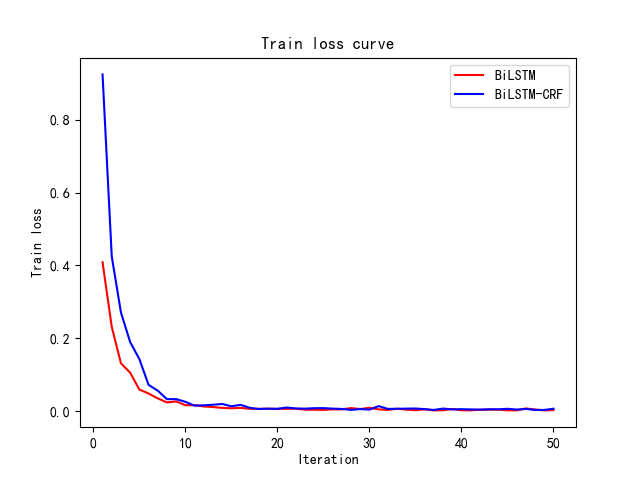 |
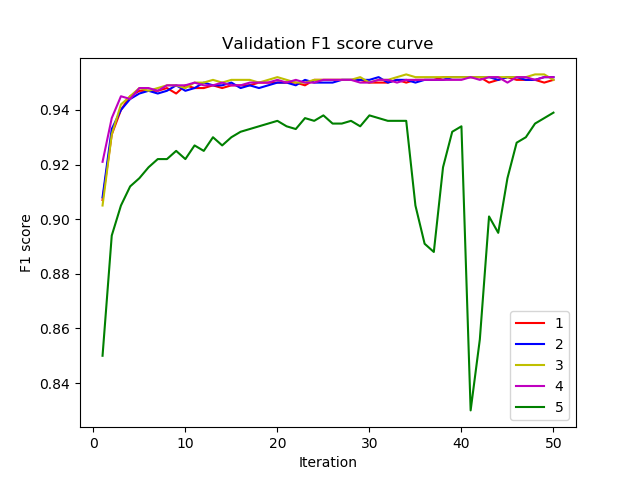 |
更多实验结果和测试报告见result和logs文件夹以及EvalResult.md文件。
result of maxent in iter 100
RECALL: 0.825
PRECISION: 0.838
F1 : 0.832
OOV Rate: 0.058
OOV Recall: 0.464
IV Recall: 0.847template file
# Unigram
U02:%x[0,0]
U03:%x[1,0]
U06:%x[0,0]/%x[1,0]
# Bigram
B仅仅配置十分基础的几个特征,就能取得很好的效果。
crf min_freq=3, cost=4
RECALL: 0.911
PRECISION: 0.927
F1 : 0.919
OOV Rate: 0.058
OOV Recall: 0.487
IV Recall: 0.937
